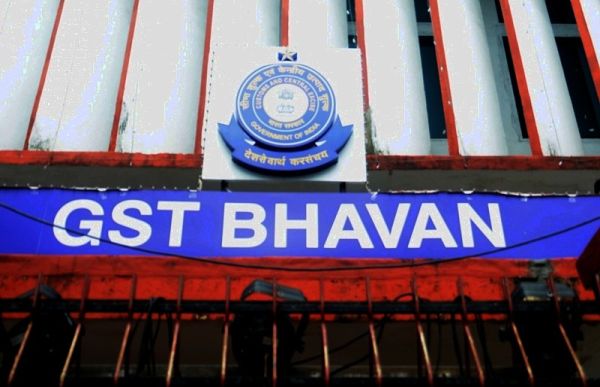
by admin | May 25, 2021 | Corporate, Corporate Governance, Economy, Finance, News, Politics
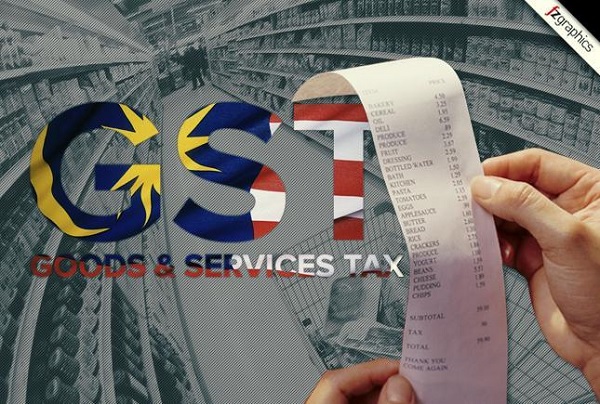 (GST completes a year on June 30)
(GST completes a year on June 30)
By Vishav,
New Delhi : Touted as the biggest economic reform since Independence, the Goods and Services Tax (GST) was supposed to replace the complex indirect tax system prevalent in the country with a more simplified, uniform regime.
As its roll-out completes one year on June 30, it can be argued that while India has come a long way from a complicated taxation system, with over a dozen different taxes and many more cesses, GST is still far away from an ideal taxation regime.
Also, the one year journey of the GST has not been a smooth one either with glitches and teething problems experienced from day one. While many of those glitches were addressed by a proactive government, some still remain to be resolved including simplification of return filing and further rationalisation of tax rates.
According to NITI Aayog Vice Chairman Rajiv Kumar: “GST has put the economy on a completely different paradigm now because more and more pressure will be on people to register under GST and bring their economic activity into the formal sector.”
It is not enough only to analyse the one year journey, but it is important to understand the future roadmap.
While many economist would argue that an ideal GST structure should have a universal coverage and a single tax rate, most would also agree that it was not practical for a country like India with vast economic disparities. This is a stand the government has also maintained often giving the example that “a BMW car and a Hawai ‘chappal’ (flip-flops) can’t be taxed at the same rate”.
However, having six different rates — 5, 12, 18 and 28 per cent apart from some items being taxed at zero per cent and gold at 3 per cent — makes India’s GST one of the most complex in the world, something acknowledged by the World Bank in its biannual India Development Update report.
“To make things worse, petroleum products, power and real estate have been kept outside the GST ambit,” the report noted.
It added that not only India has one of the largest number of tax slabs, but at 28 per cent, it has the highest standard GST rate in Asia and the second highest in the world after Chile.
Soon after the new indirect tax system was rolled out, NITI Aayog Member Bibek Debroy — who is now also the chairman of the Prime Minister’s Economic Advisory Council — had told IANS that “India is a long way off from the ideal GST structure and it may not get there anytime in the near future”.
Favouring a maximum of three GST rates with all items covered, Debroy had said that starting with seven rates, “depending on how you count it”, has put India in a situation where it may not get to the ideal GST.
Fast forward to present. The economy is still grappling with the rather high multiplicity of tax rates while also debating bringing petroleum products, electricity and other items into the GST net with little clarity in the picture.
While there has been expression of intent by the government to merge some of the tax slabs, there has been little progress on that front so far.
Right from the first day of the roll-out on July 1 last year, there were technical glitches appearing on the GST Network portal causing a lot of hardship to taxpayers in registering on the network. There were often instances of the portal not being able to take the load of last-minute rush to file returns, forcing the government to postpone the filing deadlines several times.
The glitches also led to export refunds piling up, resulting in a grave situation of cash crunch for exporters, whose working capital was getting blocked.
However, to address this, the government initiated two special fortnight-long drives (extended by a few days later) to process pending refunds — one in March and another in June — clearing a major portion of the backlog while some still remains.
To address the GST network issues, the GST Council has set up a five-member ministerial panel headed by Bihar Deputy Chief Minister Sushil Modi to oversee its functioning and smoothen the process.
“GST is a very huge and complex exercise and one has to be honest that it could be implemented better and the details could have been (better) thought through,” the NITI Aayog’s Kumar told IANS.
While there was consensus that no reform could be undertaken without some glitches and teething problems, which could be addressed as we go along, one major concern was that GST might lead to some loss of revenue, especially for the states.
This fear almost came true when GST collections fell for two consecutive months from over Rs 92,000 crore (later revised to Rs 95,132 crore) in September to Rs 83,346 crore (later revised to Rs 85,931 crore) in October, and Rs 80,808 crore (later revised to Rs 83,716 crore) in November.
This prompted the GST Council in its December meeting to prematurely roll out the e-way bill mechanism for inter-state movement of goods from February 1 to plug gaps and check tax evasion.
The e-way bill portal crashed on Day One prompting the government to extend the trial period and eventually postponing the roll-out to April 1.
According to the NITI Aayog Vice Chairman, in a country like India, which is proud of its IT sector, there is hardly any excuse for the IT systems not to work.
However, when the system was rolled out the second time on April 1, the technical issues were sorted out and infrastructure boosted enough for a smooth implementation. The revenue collections also picked up subsequently crossing the Rs 1 lakh crore mark in March (collected in April) — which was, however, attributed to the financial year-end effect — and then again showing credible buoyancy in April when it crossed the Rs 94,000 crore.
Kumar said now that the GST has stabilised, it would give a massive fillip to economic activity.
Finance Secretary Hasmukh Adhia said earlier this week that GST had now entered a “smooth phase” with good tax compliance. He added the priority of the government would now be simplification of tax return forms.
Deloitte India Partner Prashant Deshpande said while GST has resolved the issues of multiple taxable events and double taxation, there are some concerns which still need to be addressed.
“On the legislation side, GST can be improved by extending it to petroleum products, electricity, land and building which are currently taxed under old laws… The number of tiers in tax rate structure are required to be reduced to resolve classification issues,” Deshpande told IANS.
On the execution side, he added, prime concern is the GST compliance infrastructure “which is complex and cumbersome” which needs to be replaced with “a simple and robust compliance system”.
It would a while before such a system comes into effect.
Vishav can be contacted at vishav@ians.in)
(Editors: This is the first in a short series of articles leading up to one year of GST)
—IANS
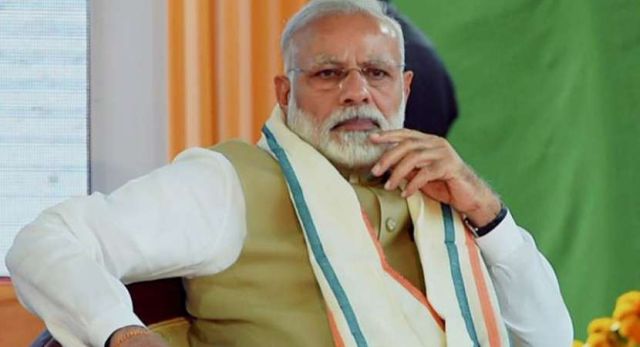
by admin | May 25, 2021 | News, Politics
 New Delhi : Prime Minister Narendra Modi on Sunday said that information technology has replaced the ‘Inspector Raj’ under the Goods and Services Tax (GST), as he termed the first year of the indirect tax regime as a “victory of integrity, celebration of honesty and a symbol of cooperative federalism”.
New Delhi : Prime Minister Narendra Modi on Sunday said that information technology has replaced the ‘Inspector Raj’ under the Goods and Services Tax (GST), as he termed the first year of the indirect tax regime as a “victory of integrity, celebration of honesty and a symbol of cooperative federalism”.
In the 45th edition of his monthly radio address ‘Mann ki Baat’, he credited states with “successful” implementation of the ‘One nation, one tax’ reform, saying people of different ideologies have taken part in its 27 meetings but its decisions have been unanimous.
In his address, Modi took a veiled dig at the opposition while referring to his “greatest satisfaction” at seeing people transform their lives through the video bridge programmes in which he interacted with beneficiaries of government schemes.
“There are certain people in society, who find no solace till they do not express their frustrated views, their depressed views and seek ways to divide rather than unite. In such an environment, when the common man comes to you talking about emerging hope, new zeal and events that have taken place in his life, it is not to the government’s credit,” he said.
Modi also credited Jana Sangh founder Syama Prasad Mookerjee with laying a strong foundation for country’s industrial development in his capacity as Independent India’s first Industry Minister.
The Prime Minister also invoked Sant Kabir and Guru Nanak to derive home the message of social harmony and brotherhood.
Pointing out that 2019 would mark the 550th Prakash Parv (birth anniversary) of Guru Nanak Dev, the founder of Sikhism, Modi urged his followers to think about ways in which this historic occasion should be celebrated.
“Guru Nanak Dev wanted to end caste discrimination in society and to embrace entire mankind as one. He used to say that to serve the poor and the needy was to serve God,” he said.
Recalling the sacrifice made by freedom fighters at Jallianwala Bagh in 1919, he said: “We must also remember the everlasting message that this incident has imparted, that is, violence and cruelty can never solve any problem. It is peace and non-violence, renunciation and martyrdom that are triumphant in the end!”
On GST, Modi said that although it was estimated that in a country as vast as India, it would take five to seven years for the “world’s biggest tax reform” to get streamlined but it has stabilised in just a year, and under it Information Technology had replaced ‘Inspector Raj’ as everything from return-to-refund was being done online with little manual interference.
Modi said he had interacted with 40-50 lakh people, including farmers and beneficiaries of government schemes through his video bridge programmes, and that it imparted him with new strength.
He said an incident regarding a small girl from a remote village too can inspire the 125 crore people.
“With the help of technology, through the video bridge even a single moment spent with the beneficiaries was very enjoyable, very motivational and provided satisfaction to work more. There is a renewed joy in dedicating your life for the upliftment, and you’re left with renewed fervour and inspiration.”
Modi greeted doctors on Doctors Day on July 1 and recalled efforts of corporate professionals and IT engineeers in Bangalore in creating ‘Samridhi Trust’ through which they had doubled income of farmers.
Recalling India-Afghanistan cricket match in Bengaluru earlier this month, Modi said: “I will cherish the match for a special reason. The Indian team, while receiving the trophy, invited the Afghanistan team to pose together for photographs. This incident exemplifies the very spirit of sportsmanship.”
Referring to the International Yoga Day celebrations on June 21, Modi hoped more and more people will come forward to make the practice a part of their lives.
He said the event presented some of “the rarest of sights” as hundreds in the European Parliament in Brussels, in the UN headquarters in New York and on the Japanese naval warships practiced yoga ‘asanas’.
He said country’s soldiers performed yoga in submarines, snow-clad mountains and even in the air, some 15,000 feet above the ground.
—IANS
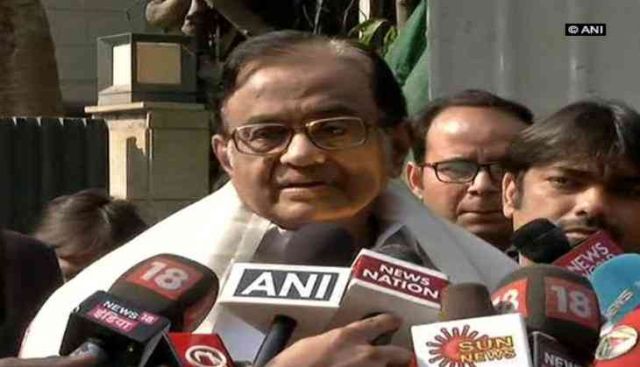
by admin | May 25, 2021 | Economy, Finance, News, Politics
 New Delhi : Former Finance Minister P. Chidambaram on Monday said the BJP government’s “administrative incompetence” and “policy blunders” were responsible for the rising farm distress, unemployment and failure of economy.
New Delhi : Former Finance Minister P. Chidambaram on Monday said the BJP government’s “administrative incompetence” and “policy blunders” were responsible for the rising farm distress, unemployment and failure of economy.
“Farmers’ despondency has turned into anger and they have come to streets to protest,” the senior Congress leader told reporters here.
“The principal reasons are uneconomic price for farm produce and stagnant wages of farm labour. MSP (Minimum Support Price) is not adequate. Every farmer knows that the promise of MSP = Cost + 50 per cent is a ‘jumla’,” he said.
Chidambaram said the Reserve Bank of India’s confidence survey stated that 48 per cent felt that the economic situation of the country had worsened in the last 12 months.
He said unemployment was rampant in the country, which was “far cry” from the Bharatiya Janata Party’s promised two crore jobs a year.
Chidambaram questioned why the Labour Bureau Survey for October-December 2017 not yet released.
Chidambaram said demonetisation had caused the growth rate to decline from 8.2 per cent in 2015-16 to 6.7 per cent in 2017-18.
“The Tamil Nadu government has officially acknowledged that 50,000 MSME units were shut down in the state in 2017-18; 5,00,000 jobs were lost; and capital investment in the MSME sector declined by Rs 11,000 crore,” he said.
A flawed Goods and Services Tax continues to haunt trade and business, he added.
Chidambaram said the social security laws and programmes have been neglected by the BJP-led central government.
“The Food Security Act has not been implemented. MGNREGA is no longer demand-driven, wage arrears have mounted. Crop Insurance covers barely 30 per cent of farmers, it is a windfall for insurers. Health Protection Scheme is another ‘jumla’,” he said.
—IANS
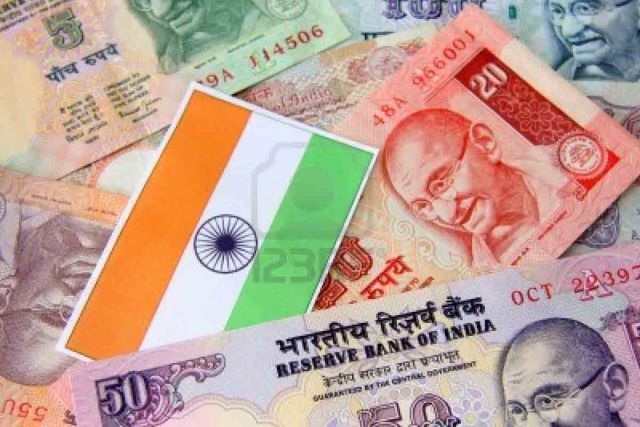
by admin | May 25, 2021 | Banking, Economy, Markets, News
 By Arul Louis,
By Arul Louis,
United Nations : India is projected to regain its position as the world’s fastest growing major economy advancing 7.3 per cent this fiscal year and 7.5 per cent in the next two “as factors holding back growth in India fade”, according to the World Bank forecasts.
The growth projections reflect “robust private consumption and strengthening investment,” the bank’s Global Economics Prospects report released on Tuesday said.
“India’s GDP growth bottomed out in the middle of 2017 after slowing for five consecutive quarters, and has since improved significantly, with momentum carrying over into 2018 on the back of a recovery in investment,” the report said.
India has overcome the temporary disruptions caused by the implementation of the Goods and Services Tax (GST) by mid-2017, and manufacturing output and industrial production have continued to firm, it added.
Per capita growth rates “are strong” and are expected to help bring down poverty in coming years, it said.
The World Bank forecasts are slightly lower than two other projections by international bodies published in April and May.
In May the UN projected a growth rate of 7.5 per cent for 2018 and 7.6 per cent for 2019, while in April the International Monetary Fund forecast 7.4 per cent for 2018 and 7.8 per cent for 2019.
The bank said that in India there has been a further deterioration in trade and current account balances because of accelerating import grown amid strengthening domestic demand and higher energy prices.
The global economic picture painted by the bank is not as rosy as it is for India.
“After reaching 3.1 per cent in both 2017 and 2018, global growth is expected to moderate over the next two years as global slack dissipates, major central banks gradually remove policy accommodation, and the recovery in commodity exporters matures,” the report said.
It expected the global growth rate to go down to three per cent in 2019 and 2.9 in 2020.
(Arul Louis can be reached at arul.l@ians.in)
—IANS
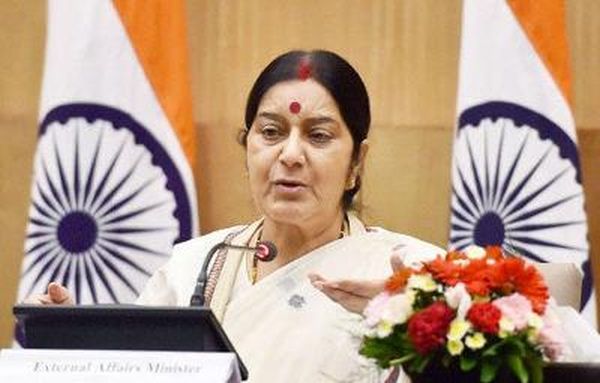
by admin | May 25, 2021 | Corporate, Corporate Governance, Investing

Sushma Swaraj
New Delhi : External Affairs Minister Sushma Swaraj on Monday said that her ministry’s economic diplomacy attracted $209.83 billion for India’s flagship development programmes.
“Diplomacy for development was never there in our foreign policy,” Sushma Swaraj said while addressing her annual press conference here.
“We not only adopted this but took on our shoulder the responsibility of all our Prime Minister’s flagship programmes – Clean India, Skill India, Digital India, Start-up India, Smart Cities – and are working with those countries which have not only the necessary techniques in the respective areas but can also contribute funds for these,” she stated.
“Today, I am happy to inform you that from May 2014 to February 2018, funds worth $209.83 billion have come to this country.”
She also said that the External Affairs Ministry also created two new divisions for this – Department of Economic Diplomacy and Department of States – and merged both of them.
“This is because these funds will at the end only go to our states,” she said.
“So there can be a joint secretary who can maintain ties with the states as well as look after economic diplomacy.”
—IANS

 (GST completes a year on June 30)
(GST completes a year on June 30)



